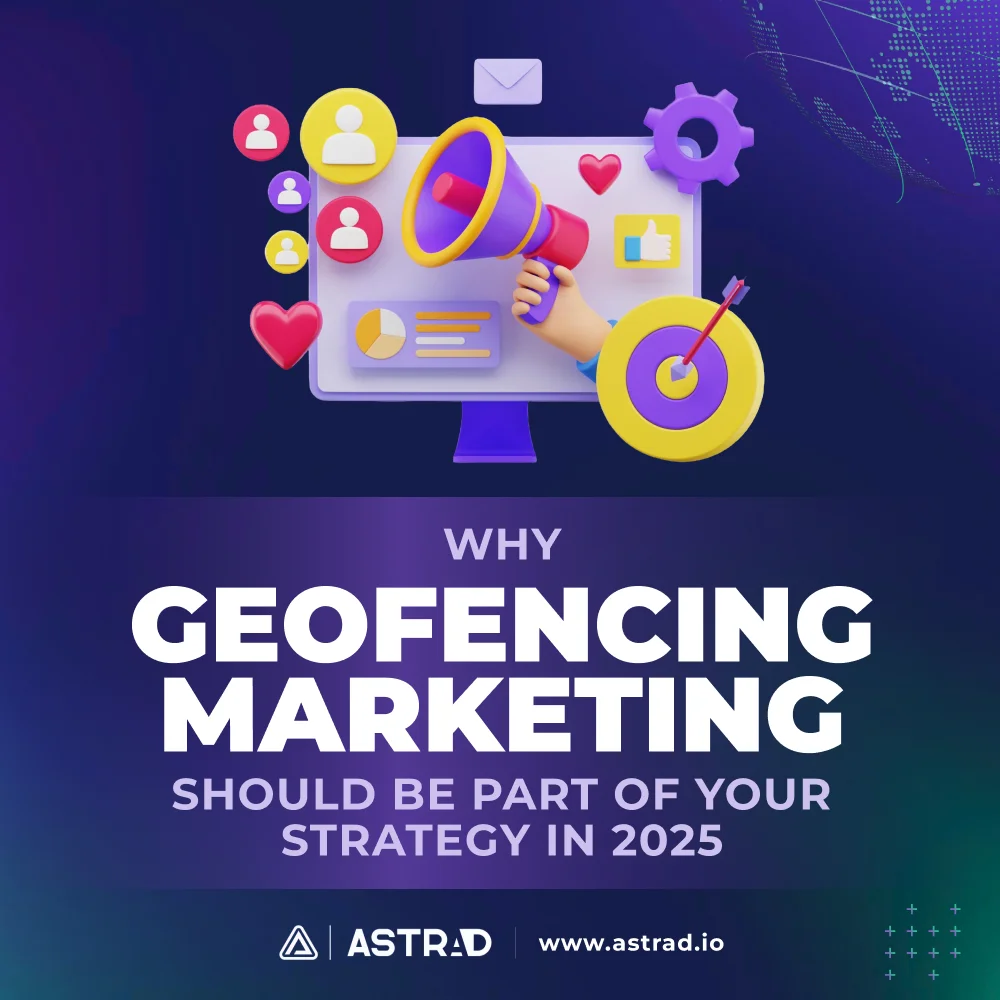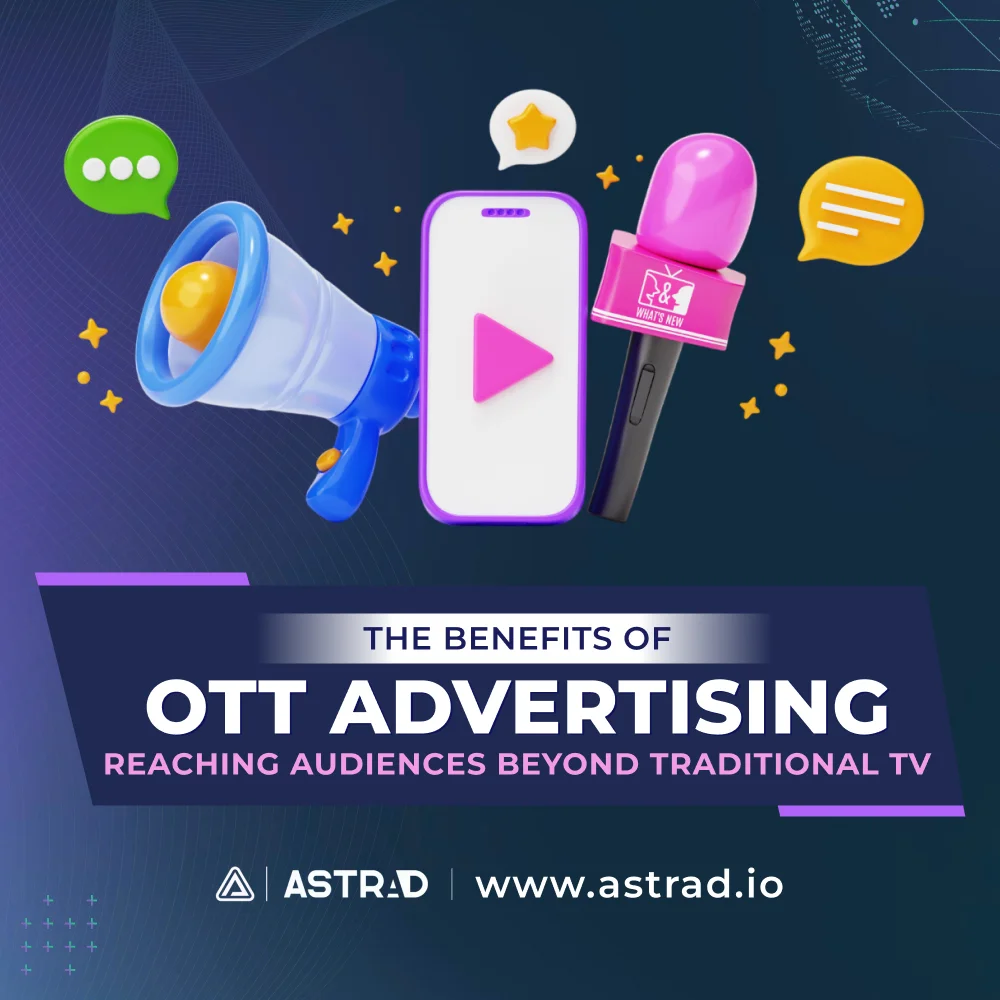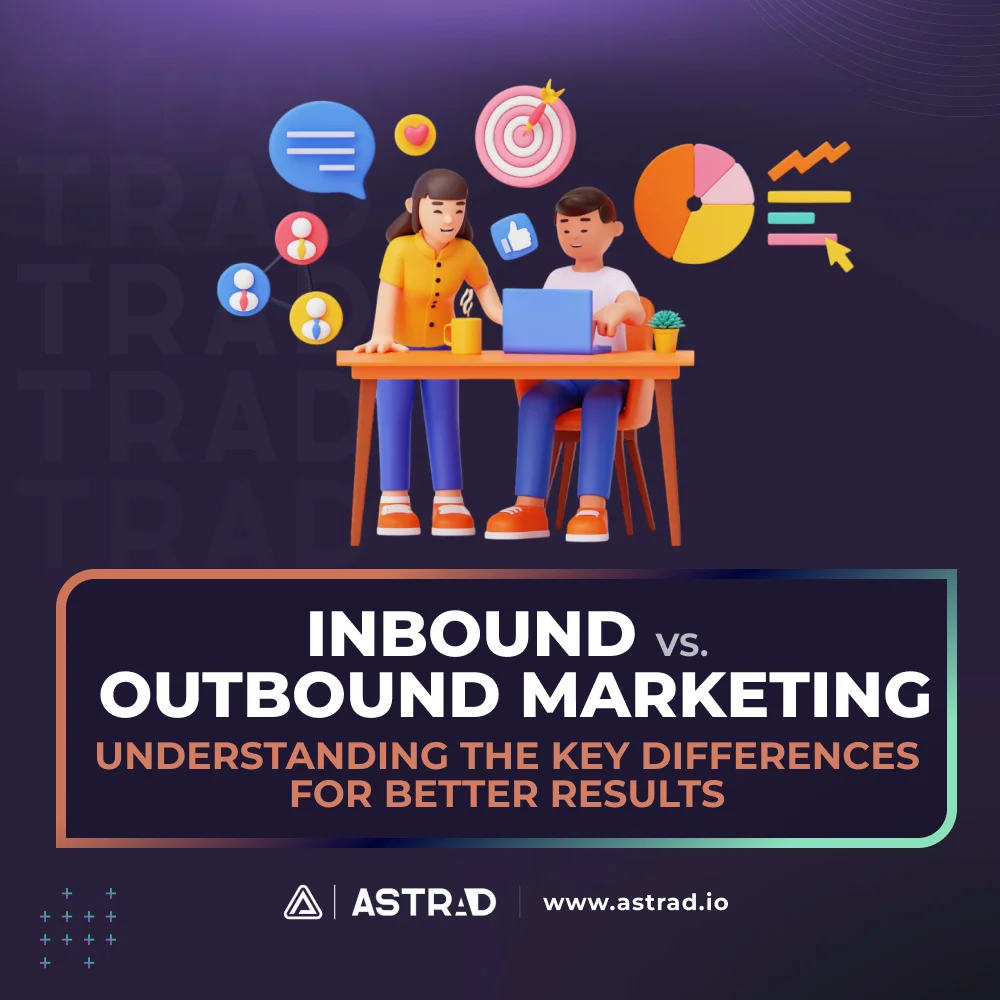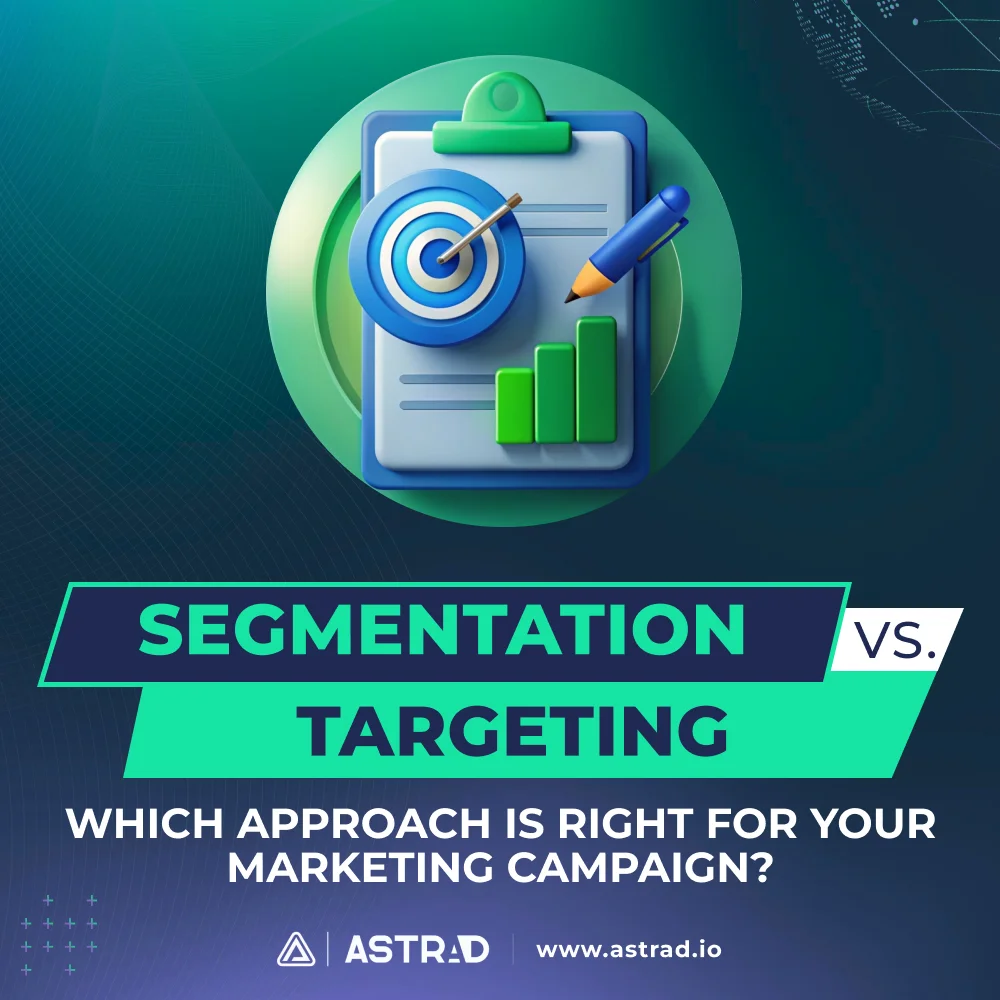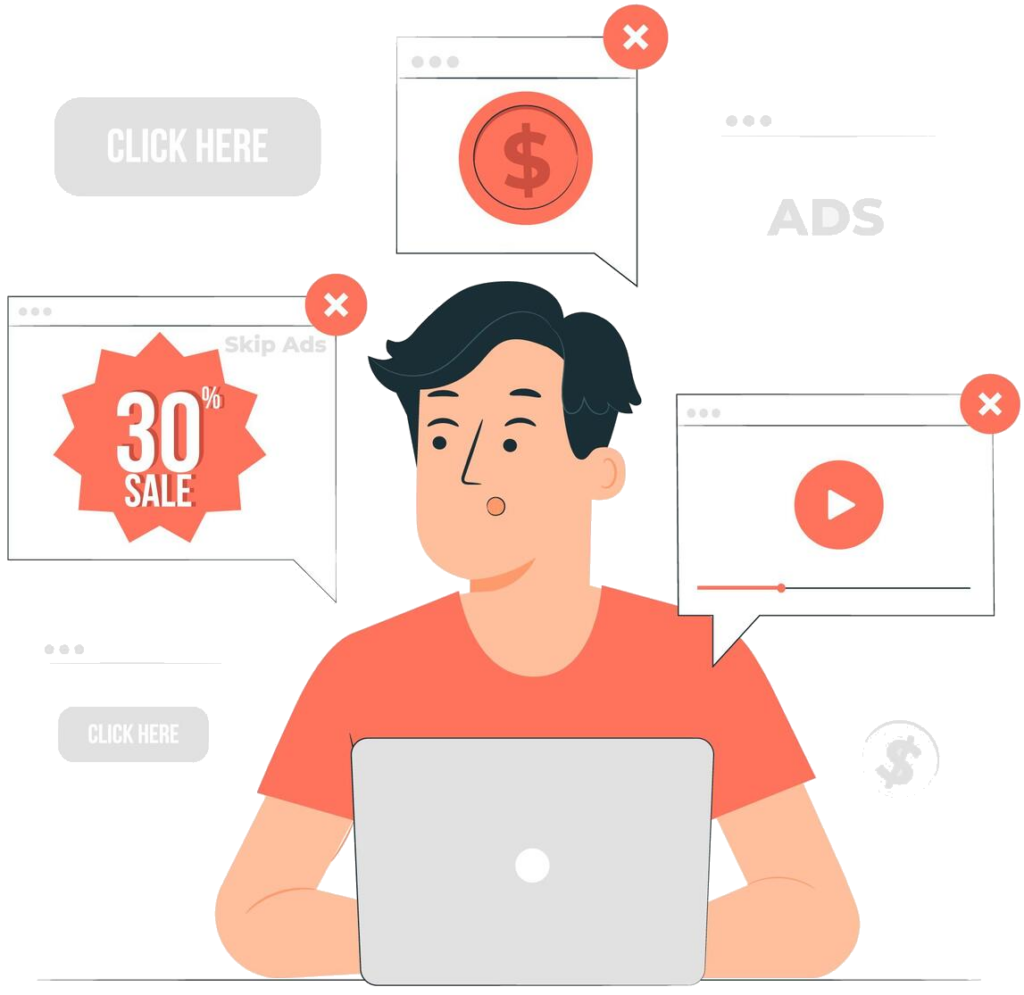Geofencing marketing—that Goldilocks “just right” ratio where location-based technology meets precision marketing magic. When have you ever not needed a good cup of coffee? See what I did there, I went on a tangent. You’re walking past your favorite coffee shop and ping! A notification pops up on your phone: “10% off lattes for the next 30 minutes—just because you’re here.” All you needed was an excuse, and suddenly, you have it. It feels like the universe knows you need caffeine, but really, it’s just geofencing doing its thing.
In a digital forest—one where the trees are hidden or moving around at breakneck speed—where every business is vying for your attention (seriously, it’s exhausting), geofencing allows marketers to cut through the noise with laser-focused, real-time messages. It’s targeted, timely, and most importantly—effective. If 2025 is the year of smarter strategies, then geofencing marketing is that lightbulb moment in Battleships where you figure out where the tiny little tugboat making you sweat is concealed.
What Is Geofencing in Marketing?
Let’s break it down for the uninitiated: Geofencing marketing uses location-based technology to create virtual boundaries—or “fences”—around specific geographic areas. When users enter or exit these zones, they trigger preset actions like notifications, ads, or special offers.
How does it work? It’s a team effort between GPS, Wi-Fi, RFID, and Bluetooth:
- GPS: Pinpoints the exact location of a device within the fence.
- Wi-Fi: Detects nearby signals for location precision.
- Bluetooth & Beacons: Used for hyper-local targeting, like within a store.
- RFID: Helps manage physical tracking (think warehouses and events).
Essentially, geofencing is like a digital tripwire—but instead of an alarm, you get a deal. Marketers create virtual zones, set rules for engagement, and let technology do the heavy lifting.
The Benefits of a Geofencing Marketing Strategy
Precise Targeting: Right Place, Right Time
The golden rule of marketing? Relevance. Geofencing marketing makes sure your messages hit users exactly where they are and when they’re most likely to engage.
- A retail chain can send push notifications offering discounts to customers passing by.
- Restaurants can promote lunchtime deals when office workers approach nearby.
- Real estate agencies can target ads to homebuyers visiting open house neighborhoods.
For example, Burger King famously trolled McDonald’s by launching their “Whopper Detour” campaign. Customers within 600 feet of a McDonald’s received an app notification offering a Whopper for just a penny. Result? 1.5 million app downloads and a masterclass in geofencing strategy. And that’s an old one from 2018.
The King loves geofencing. One of their newest campaigns in Mexico City and later in LA was simply mind-blowing. What did they do? They created geofencing around spots—at certain hours of the day—that were known traffic jam locations. So, once a car was stuck in the gridlock from hell, the driver would get an ad offering them a Whopper. And here’s the cherry on top: in less than 10 minutes, a Vespa would skirt by your car and hand you your meal.
Improved ROI: Make Every Dollar Count
Throwing ads into the void and hoping for results? That’s so 2010. You might as well create ad campaigns asking “where’s the cheese” and using The Macarena as background music. Geofencing guarantees your marketing budget works smarter, not harder. Because the messages are hyper-relevant, they drive higher engagement and conversion rates compared to generic campaigns.
Why geofencing delivers better ROI:
- Cost-effectiveness: You’re targeting users already nearby, reducing wasted impressions.
- Higher conversion rates: Real-time, location-based offers = instant action.
- Better resource allocation: Focus your spend on zones where you see real traction.
According to Factual, 53% of shoppers say they’ve visited a store after receiving a location-based notification. That’s ROI you can see walking through the door.
Enhanced Customer Engagement: Context Is King
Geofencing turns your marketing into a conversation—not a monologue. By delivering contextually relevant messages tailored to user behaviors and locations, you make customers feel like, “Wow, they get me.”
Here’s what this looks like in action:
- At an airport? Send travelers last-minute flight upgrades or retail discounts.
- Near a competitor? Trigger a promo offering something better (looking at you, Whopper Detour).
- Attending an event? Share real-time content or exclusive offers for nearby attendees.
Hyper-personalized marketing like this builds customer loyalty and keeps them coming back for more. It’s also a double-edged sword. Why? One of the biggest issues and complaints is that some customers feel as if they are being spied on—“how did they know I wanted that? And that I was here?”
Data Collection and Insights: Know Thy Customer
Geofencing marketing delivers an uppercut while landing a jab to the ribs—a two-for-one knockout. It also collects valuable data to refine your strategy. Every virtual fence acts as a data mine, providing insights into customer movement, dwell time, and behavior.
With geofencing data, you can:
- Identify high-traffic areas for targeting.
- Understand peak times when your audience is most active.
- Optimize campaigns based on real-world user behavior.
Think of it as Google Analytics for the physical world, but cooler.
Competitive Advantage: Outsmart the Competition
Let’s face it—marketing is war, and a bit of love, and geofencing is your Death Star as well as your femme fatale. Whether you’re targeting competitor locations or outshining their offers, geofencing gives you a leg up.
Imagine this: You’re a small café near a mega coffee chain. Geofencing lets you ping nearby customers with an offer they can’t resist—“Skip the line at Big Brew! Freshly roasted lattes here, 20% off.” You’re not just competing—you’re winning.
The Trends Driving Geofencing Marketing in 2025
Why is geofencing the future? A perfect storm of trends makes it the must-have tool for marketers:
- Increased Mobile Usage: Mobile devices are our lifelines. By 2025, 75% of internet traffic will come from mobile users. Geofencing lets you capitalize on this constant connectivity.
- AI and Predictive Analytics Integration: Pair geofencing with AI, and you can predict user behavior before they even know what they want. It’s the marketing equivalent of reading minds.
- Customer Demand for Personalization: Customers don’t want one-size-fits-all marketing. Geofencing satisfies the craving for real-time, tailored experiences.
- Privacy and Security Enhancements: With new privacy frameworks, geofencing technology is safer and more transparent than ever, easing concerns for businesses and users alike.
In short: People want smarter, faster, and more relevant experiences—and geofencing delivers.
Why Geofencing Marketing Should Be Your Next Big Play
If you’re still on the fence (pun intended) about geofencing, let’s recap:
- Precise Targeting: Reach users at the perfect time and place.
- Improved ROI: Stop wasting money and start seeing results.
- Enhanced Engagement: Connect with customers in a way that feels personal.
- Competitive Edge: Stay ahead of the game and outmaneuver competitors.
In 2025, businesses that ignore geofencing will find themselves playing catch-up. Those that embrace it? They’ll be at the forefront, engaging customers, optimizing campaigns, and boosting ROI like never before.
So, what are you waiting for? Geofencing isn’t the future—it’s the present. Start building those virtual fences and watch as your marketing strategy transforms into something smarter, sharper, and more effective than ever.
Marketing without geofencing right now is like fishing without bait. Sure, you might get lucky, but wouldn’t you rather reel in exactly what you’re aiming for?

